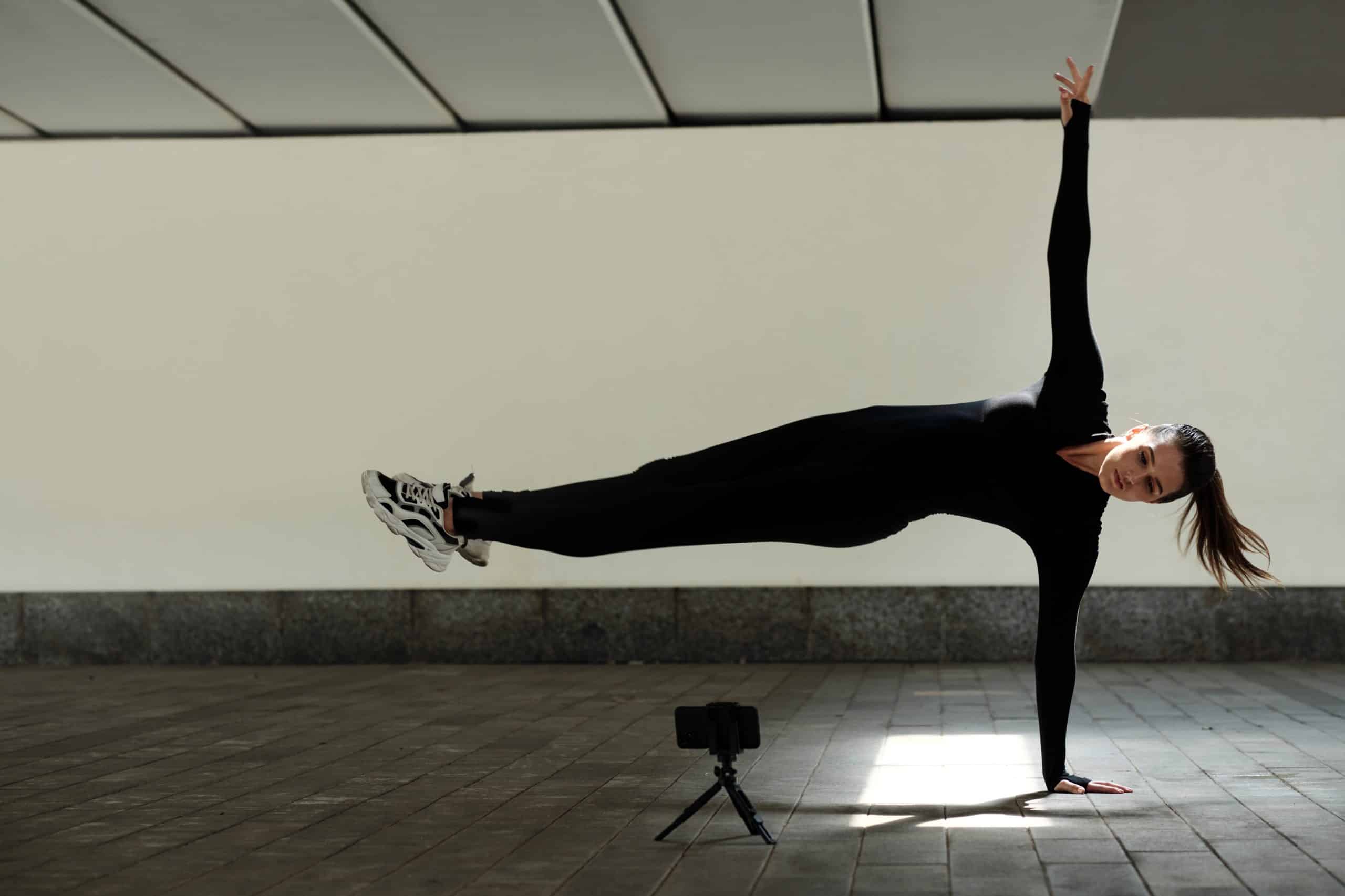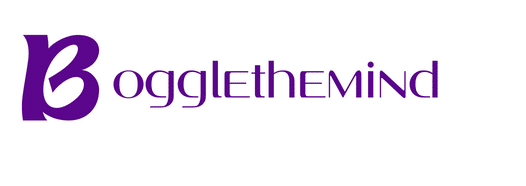How to Use Eccentric Overload Training to Enhance Pitching Velocity in Baseball?

The quest for improving pitching velocity in baseball is never-ending. From Little League players to Major League Baseball (MLB) professionals, everyone is constantly seeking innovative ways to achieve that additional few miles per hour. One such advanced training method making waves in the baseball world is eccentric overload training. This form of training targets the eccentric phase of muscle contraction, which is the elongation or stretching of a muscle. The goal is to increase force production, leading to improved performance, including increased pitching velocity.
Understanding Eccentric Overload Training
Before we delve into the specifics of how to use eccentric overload training to enhance pitching velocity, it’s necessary to understand what eccentric overload training entails and why it’s advantageous for baseball pitchers.
A voir aussi : What’s the Role of Mechanical Muscle Stimulation in Improving Endurance in Cross-Country Skiing?
Eccentric overload training involves performing exercises that emphasize the eccentric phase of muscle contraction. This is the phase where the muscle lengthens under tension, such as the downward movement in a squat or the cocking phase in a baseball pitch. Eccentric actions are known to generate more force than concentric actions (where the muscle shortens), making them a prime focus for performance enhancement.
This type of training is believed to stimulate various physiological adaptations, such as increased muscle mass, strength, power, and importantly for our discussion, speed. These changes can potentially translate into improved pitching velocity, making eccentric overload training a valuable tool for baseball players.
Sujet a lire : How Can Technology Help in the Detection of Subtle Performance Declines in Endurance Athletes?
Implementing Eccentric Overload Training in Your Routine
Incorporating eccentric overload training into your routine requires careful planning and execution. The key is to apply more load during the eccentric phase of an exercise than the concentric phase. This can be achieved in various ways, such as using a partner to manually add resistance, using weight machines with built-in eccentric overload, or performing exercises that naturally have an eccentric overload, like Nordic hamstring curls.
When it comes to exercises specifically beneficial for baseball pitchers, movements that mimic the pitching action and target the relevant muscle groups are essential. This includes exercises like the dumbbell press (which mimics the pitching action), eccentric pull-ups, and weighted baseball throws.
The loading in eccentric overload training should be progressive to avoid injury. As you adapt to the increased demand, the load can be gradually increased. It’s important to have a qualified coach or trainer supervise the sessions, given the high loads involved.
The Science Behind Eccentric Overload Training and Pitching Velocity
The connection between eccentric overload training and enhanced pitching velocity is not just theoretical—it’s backed by science. Several studies have examined the effects of eccentric overload training on baseball pitching velocity, with promising results.
One such study published in the Journal of Strength and Conditioning Research found that baseball players who underwent eccentric overload training displayed improved pitching velocity compared to a control group. The researchers attributed these improvements to increased muscle power and strength, which are key components of pitching velocity.
Another study in the same journal found that eccentric overload training led to increased shoulder external rotation strength, a key factor in pitching velocity. The researchers concluded that this type of training could be an effective way to enhance baseball pitching performance.
Training Considerations and Precautions
While eccentric overload training offers substantial benefits, it’s crucial to approach it with caution. Due to the high forces involved, the risk of injury can be elevated if not done correctly.
One of the most important considerations is proper form. Given the high loads, any deviations from proper form may lead to unnecessary stress on the muscles and joints, increasing the risk of injury. This is why having a trained professional supervise the sessions is crucial.
Another vital aspect is adequate recovery. Eccentric overload training can cause considerable muscle damage, necessitating ample recovery time to allow for repair and growth. Overtraining should be avoided at all costs as it could lead to injuries or diminished performance.
Lastly, it’s crucial to listen to your body. If you feel any discomfort or pain during the exercises, it’s essential to stop immediately and seek medical advice. Eccentric overload training is a potent tool for improving pitching velocity, but it must be done responsibly to reap its benefits safely.
Final Words
Eccentric overload training represents a cutting-edge approach to athletic performance enhancement. For baseball pitchers looking to gain that extra edge, it offers a promising avenue for increasing pitching velocity. However, like any potent tool, it must be used wisely and safely. With the right planning, supervision, and execution, this form of training can be a game-changer for baseball pitchers. Remember, success lies not just in how hard you train, but also in how smart you train.
The Role of Eccentric Overload Training in Injury Prevention
In the context of sports, injuries are often inevitable and can hamper an athlete’s performance and progression. Eccentric overload training, while being a potent tool for enhancing sports performance, also plays a significant role in injury prevention.
Eccentric overload training strengthens muscles, tendons, and ligaments, making them more resistant to the strains and stresses of sports activities, including baseball pitching. The increased force production resulting from this type of training makes the joints and muscles more robust and less susceptible to damage. Furthermore, the adaptive response from the body to eccentric overload training can lead to enhanced flexibility and range of motion, reducing the risk of muscular strains or pulls.
For baseball pitchers, the benefits are twofold. Not only does eccentric overload training potentially increase pitching velocity, but it also contributes to the overall resilience of the musculoskeletal system, thus reducing the likelihood of pitching-related injuries.
However, the potential protective effect of eccentric overload training does not mean athletes are immune to injuries. Proper form, adequate recovery, and professional supervision remain crucial. It’s also important to incorporate other elements of a well-rounded training program, such as dynamic warm-ups, cool-downs, and mobility exercises, to further mitigate injury risk.
The Influence of Eccentric Overload Training on Other Aspects of Athletic Performance
While the focus of this article has been on the impact of eccentric overload training on pitching velocity in baseball, the potential benefits of this training method extend beyond this specific area. Eccentric overload training can enhance multiple facets of athletic performance, making it a valuable addition to any athlete’s training regimen.
Eccentric training can improve overall strength and power – the fundamental attributes required in almost every sport. Greater strength and power can improve performance in tasks like jumping, sprinting, and lifting.
Furthermore, eccentric overload training can enhance muscle endurance. This could delay the onset of fatigue during a game or competition, allowing athletes to maintain optimal performance for longer durations.
Lastly, the gains in flexibility and range of motion can lead to improved agility and coordination. These are essential components of sports performance, contributing to better execution of skills and techniques.
In essence, while eccentric overload training presents a promising method to enhance pitching velocity, its benefits also permeate other aspects of athletic performance. Therefore, it can be deemed as a multifaceted tool for overall sports performance enhancement.
Conclusion
In conclusion, eccentric overload training is a powerful and effective method to improve pitching velocity in baseball. Its efficacy is backed by scientific research, showing improvements in muscle strength, power, and speed, all of which can contribute to faster pitches. Moreover, the benefits of this training extend beyond pitching velocity, including injury prevention and enhancements in other aspects of athletic performance.
However, the potent nature of eccentric overload training necessitates a careful approach. Proper form, adequate recovery, and professional supervision are non-negotiables to avoid injury and optimize benefits. Like any training, listening to the body is crucial. Athletes must strike a balance between pushing their limits and respecting their bodies to ensure long-term success.
Eccentric overload training embodies the concept of training smarter, not just harder. It is an innovative approach to athletic performance enhancement, providing noteworthy benefits when incorporated into training routines responsibly and intelligently. For baseball pitchers and athletes from various sports, it offers an avenue to reach new performance heights while maintaining a strong and healthy body.
